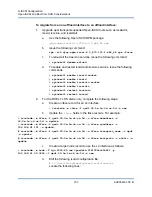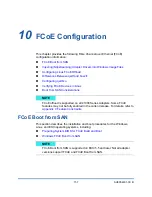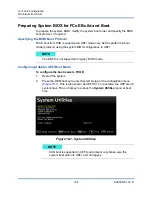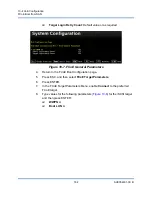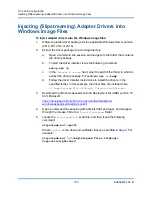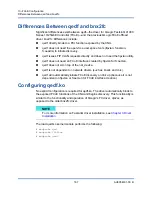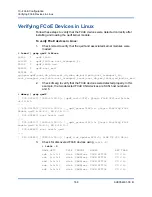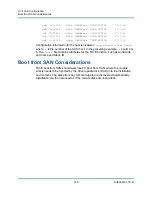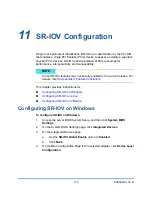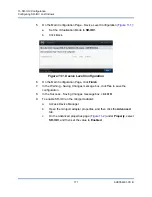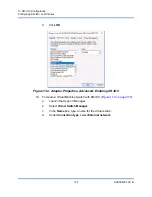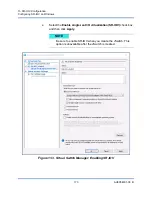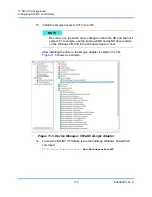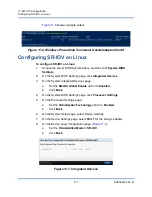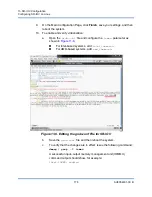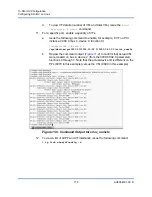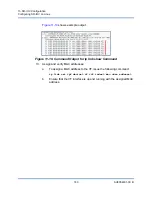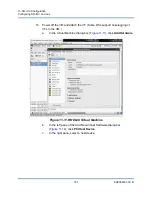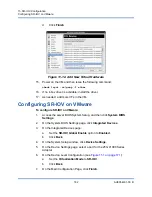
10–FCoE Configuration
Differences Between qedf and bnx2fc
167
AH0054601-00 B
Differences Between qedf and bnx2fc
Significant differences exist between qedf—the driver for QLogic FastLinQ 41000
Series 10/25GbE Controller (FCoE)—and the previous QLogic FCoE offload
driver, bnx2fc. Differences include:
qedf directly binds to a PCI function exposed by the CNA.
qedf does not need the open-fcoe user space tools (fipvlan, fcoemon,
fcoeadm) to initiate discovery.
qedf issues FIP VLAN requests directly and does not need the fipvlan utility.
qedf does not need an FCoE interface created by fipvlan for fcoemon.
qedf does not sit on top of the net_device.
qedf is not dependent on network drivers (such as bnx2x and cnic).
qedf will automatically initiate FCoE discovery on link up (because it is not
dependent on fipvlan or fcoemon for FCoE interface creation).
Configuring qedf.ko
No explicit configuration is required for qedf.ko. The driver automatically binds to
the exposed FCoE functions of the CNA and begins discovery. This functionality is
similar to the functionality and operation of QLogic’s FC driver, qla2xx, as
opposed to the older bnx2fc driver.
The load qedf.ko kernel module performs the following:
# modprobe qed
# modprobe libfcoe
# modprobe qedf
NOTE
For more information on FastLinQ driver installation, see
.

